Doctor’s Best Natural Ways to Strengthen Bones So You Avoid Osteoporosis Drugs
Medications can be pricy and even raise fracture risk. These remedies boost bones without side effects
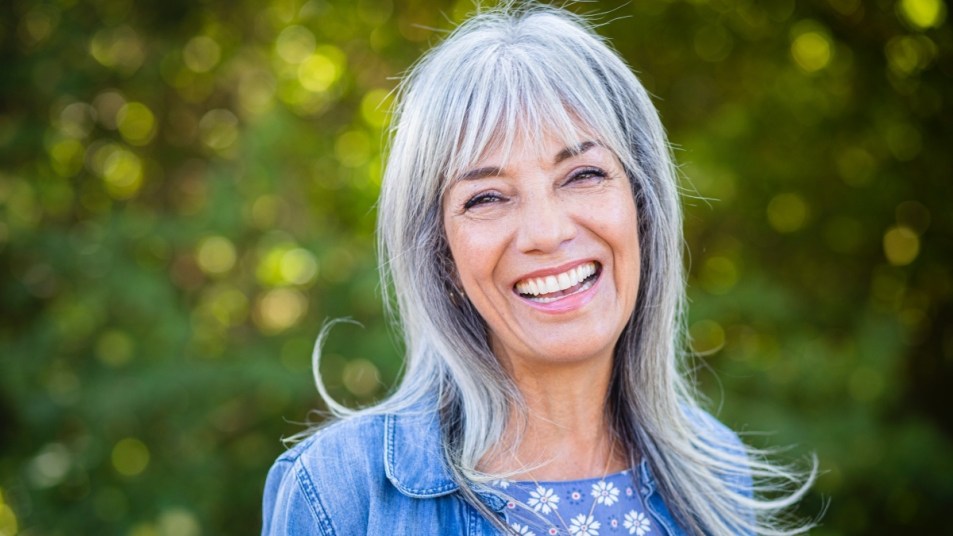
You already know how important strong bones are. They keep you active, curb your risk of debilitating fractures and protect your vital organs. But your bones weaken with age. And if you’ve been diagnosed with osteoporosis, your doctor may suggest a bone-strengthening medication. The hitch: Osteoporosis drugs can be expensive and come with unwanted side effects. If that leaves you thinking I don’t want to take osteoporosis drugs, there’s good news to report: You may not need to. Doctors say there are natural remedies that help keep your bones in tip-top shape. Read on to find out what osteoporosis is, how to determine if you’re at risk, and the easy ways to strengthen your skeleton if you don’t want to take osteoporosis drugs.
What is osteoporosis?
Osteoporosis is a condition that causes your bones to become weak and brittle. This makes them more susceptible to breaks and fractures, even if it’s from a minor trauma or mild stressor. It’s often referred to as a “silent disease,” since you can’t feel your bones getting weaker and may not have any symptoms until you break a bone.
The US Department of Health & Human Services’ Office on Women’s Health reports that women are significantly more likely to experience osteoporosis than men. In fact, of the 10 million Americans living with osteoporosis, 80% are women. What’s more, about half of women over 50 will experience a break in their hip, wrist, or vertebra during their lifetime.
Why does this happen? Bones are made up of living tissue that’s constantly broken down and replaced throughout our lives. Your body relies on the minerals calcium and phosphate to keep bones healthy and strong. But as you age, your body starts to leech these minerals instead of keeping them in your bones where they’re needed. This causes low bone mass (a precursor to osteoporosis), or the amount of bone mineral in bone tissue. With osteoporosis, the body loses too much bone, doesn’t make enough, or both.
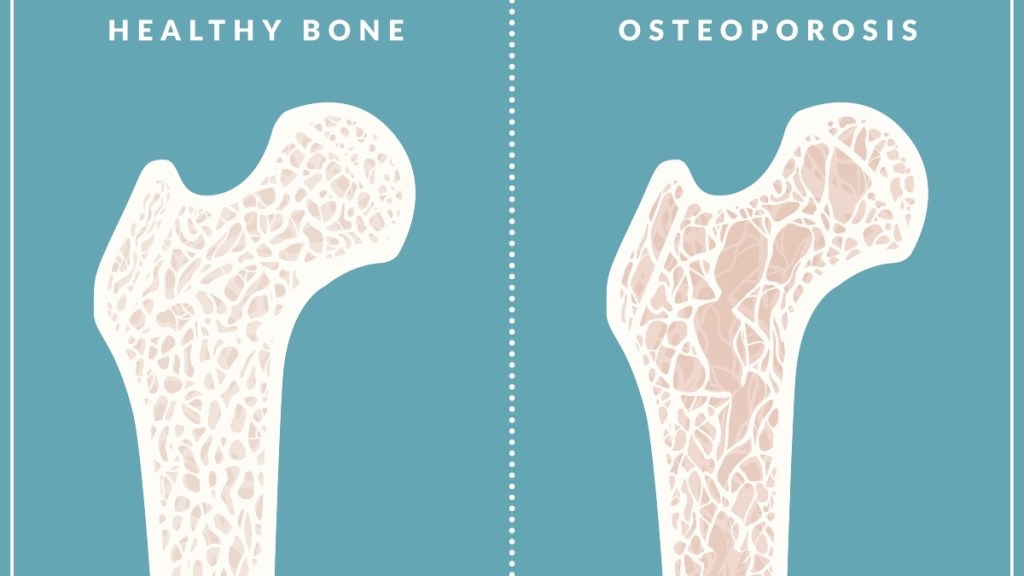
Why osteoporosis risk increases with age
During childhood, adolescence, and early adulthood, your body is building toward its peak bone mass, or maximum amount of bone tissue. This translates to a denser, stronger skeleton. Your bone density increases at these life stages because more bone is produced than broken down. However, most people reach their peak bone mass between the ages of 25 and 30. After that, you lose bone mass at a faster rate than it’s created.
“You might fall down in your 20s, 30s, or 40s, and are able to get back up without breaking anything,”says Chaim Vanek, MD, an endocrinologist and associate professor of medicine at the Oregon Health and Science University School of Medicine in Portland, OR. “But at some point in your 50s or beyond, bones lose their density and architectural structure. So that same type of fall you took 20 years ago can now cause a bone to crack.”
While we all lose bone density, the intensity or amount of time it takes to lose bone mass varies from person to person, explains Marissa Blum, MD, a rheumatologist at Temple University Hospital and professor of medicine at Temple University’s Lewis Katz School of Medicine in Philadelphia. “Bone density loss can depend on many factors, including whether you’ve done a great job getting enough calcium, proper nutrition and exercise to achieve a good solid bone density, if you’ve gone through menopause, and it could even be a result of good genes,” she says. “I’ve seen female patients in their 90s who have good bone density compared to some women who are in their 50s or 60s.”
Why women are prone to osteoporosis
One in two women, compared to up to one in four men, will break a bone in their lifetime from osteoporosis. The incidence for women is greater than that of heart attack, stroke, and breast cancer combined, the Bone Health & Osteoporosis Foundation reports. So why are women more likely to suffer from osteoporosis? The most common trigger of osteoporosis is menopause, according to the Endocrine Society. Indeed, 50% of postmenopausal women will develop osteoporosis.
Blame the drop in estrogen levels that occurs with menopause. “Estrogen does so much for the female body, including protecting our bones,” says Dr. Blum. “The hormone stimulates cells in the bone involved in the remodeling process, allowing the body to lay down new bone and maintain bone health. But after menopause, the cells that chew up the bone called osteoclasts are more active. And the cells that lay down new bone called osteoblasts are less active, so this formation isn’t happening as it would before menopause.”
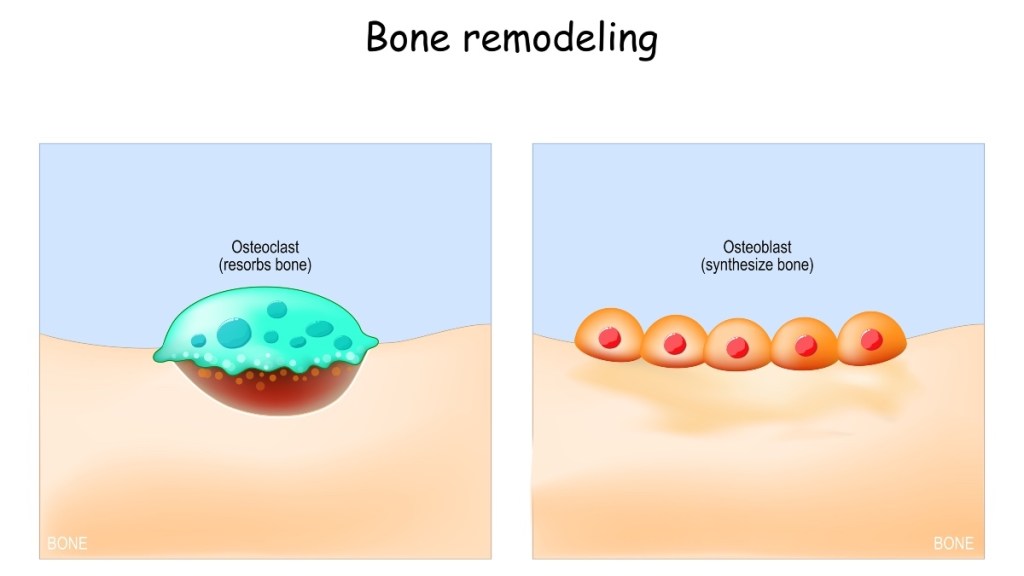
Additionally, women are more apt to have weaker bones because they generally have smaller, thinner, and less dense bones than men. And since they typically live longer than their male counterparts, that allows more time for cumulative bone loss. (Click through to learn how strengthening your bones can get rid of a neck hump and the pan it causes, too.)
Is osteoporosis genetic?
“There’s no doubt there’s a genetic component to osteoporosis,” says Dr. Vanek. “Although there’s no one single identified gene that causes osteoporosis, you inherit a mixture of genes that go into making bones. So if you have a parent who had it, you may also develop it.”
One study in JBMR Plus estimates that 60-80% of a person’s bone mass or strength is inherited. Dr. Blum agrees there appears to be a genetic link when it comes to osteoporosis. “Osteoporosis tends to run in families,” she notes. “So if your mom, sister or aunt has had osteoporosis, you’re more likely to have it as well.” (Click through to learn how strengthening your core with the best ab workouts for women can help protect your bones as you age.)
How osteoporosis is diagnosed
Doctors can determine if you have osteoporosis by using a dual energy x-ray absorptiometry (DEXA) scan, an imaging test that measures your bone density. “This test is one of the most useful imaging tests in medicine,” says. Dr. Vanek. “It’s very low radiation, relatively inexpensive, and the first bone density test a woman gets provides insight in what’s been going on with her bones during her whole life.”
A DEXA scan provides your doctor with a number called a T-score. This is the difference between your bone mineral density and 0, which is the bone density of healthy young adult. The National Institutes of Health notes that if you have a score of 1 or higher, your bones are healthy. If you have a score of -1 to -2.5, you have low bone mass or osteopenia, a decrease in bone density. Anything -2.5 or lower means you may have osteoporosis. The NIH notes that the risk of broken bones increases by 1.5 to 2 times with each one-point drop in your T-score.
The test is easy, noninvasive, and quick, typically taking less than 30 minutes. Remaining clothed, you lie on a cushioned table while a low-level x-ray scanner moves over your body. Bone density measurement at the hip and spine is generally considered the best to diagnose osteoporosis and predict future fracture risk.
The US Preventive Services Task Force recommends women have a bone density test starting at age 65. However, it can be done earlier than that if you have a family history of osteoporosis or you’ve had a broken bone from a simple fall, Dr. Vanek says. (See why a DEXA scan is one health screening you shouldn’t skip.)
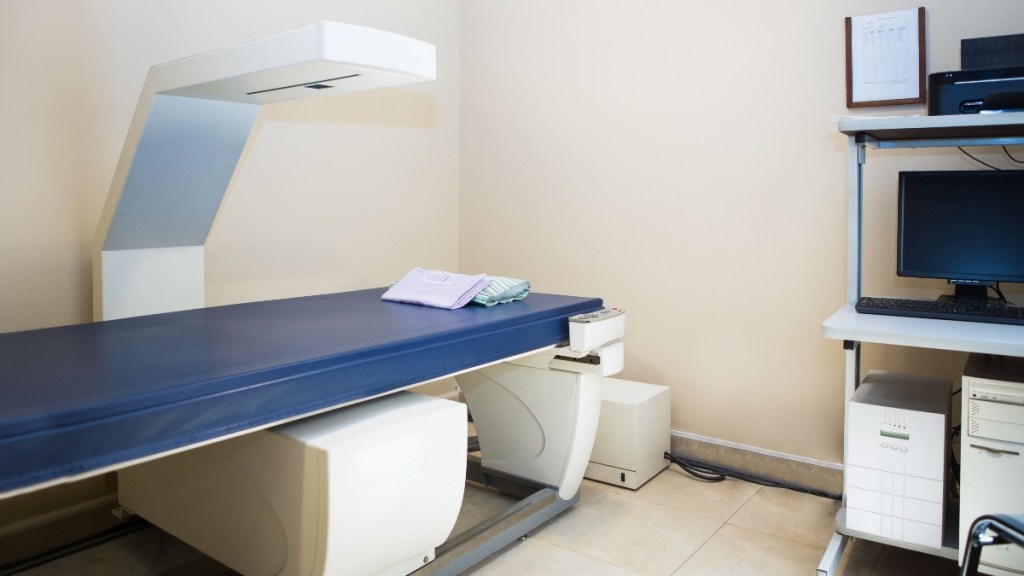
How to calculate your fracture risk at home
Not yet ready for DEXA scan, but curious about what your fracture risk might be? Dr. Vanek suggests using an online fracture tool called FRAX. This calculator can help determine your 10-year probability of suffering a fracture. Some of the information you’ll enter includes your height, weight, family history, if you’ve broken bones in the past, and if you smoke or drink. “If it turns out your score on FRAX is high, that’s an indication to get bone density test early,” says Dr. Vanek.
How to check for osteoporosis at home
You can also get an idea of your osteoporosis risk by measuring your stride, according to a study in the Journal of Clinical Medicine. Here’s how it works: In an open area, mark the spot where you’re standing, then take two of the largest steps forward that you can. In centimeters, measure the distance between the two marks. When you have that number, divide it by your height in centimeters. If the resulting number is lower than 1.24, you may have osteoporosis. The test reflects lower limb power, which can be an early indicator of osteoporosis. After doing the two-step test, the researchers found that 21% of the women had latent osteoporosis.
The first line of treatment for osteoporosis
While there are several medications for osteoporosis, it’s not necessarily the go-to remedy for dealing with the disease. “The typical foundation of treatment is making sure the patient is getting enough calcium, vitamin D and engaging in weight bearing exercise, which is physical activity that works the muscles and bones against gravity so there’s some kind of force going up your body,” says Dr. Vanek. “Only after these three components aren’t effective enough would there be a need for osteoporosis medications.”
We don’t naturally make calcium, so the mineral has to come from foods, drinks, or supplements. The Bone Health and Osteoporosis Foundation notes women 51 and older should get 1,200 mg of calcium daily. The best sources of calcium are milk and dairy products such as cheese and yogurt. But you can also get your calcium fix by eating leafy greens, fatty fish, fortified orange juice, almonds, chia seeds, and black beans. (Click through to learn why sardines are a great source of calcium.)
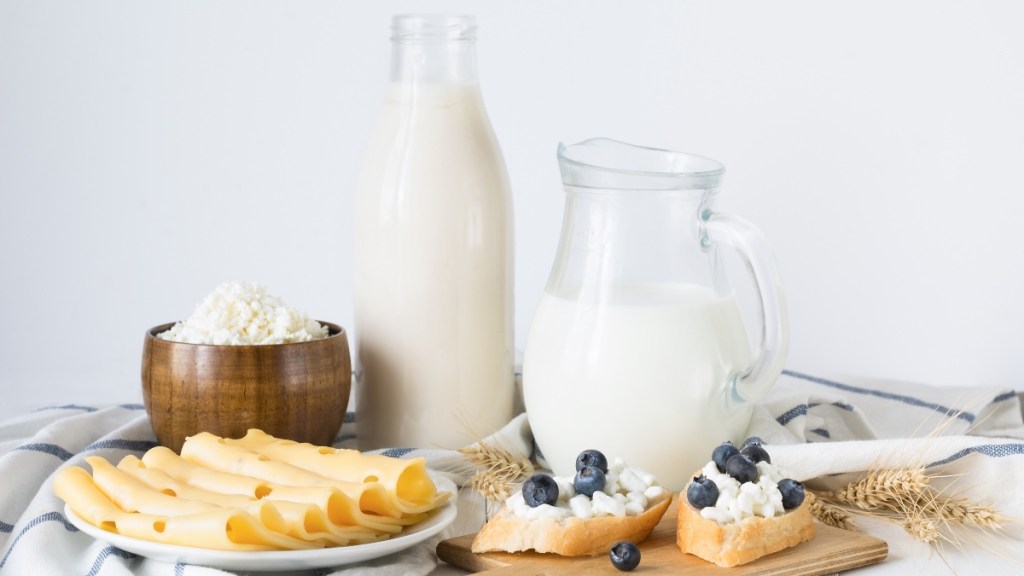
Vitamin D helps your body absorb calcium from food and ensures bone renewal and mineralization. Women aged 50 to 70 should get at least 600 IU vitamin D daily, and those 70+ should get at least 800 IU daily, the National Institutes of Health’s Office of Dietary Supplements recommends. Dietary sources of vitamin D include oily fish, egg yolk, mushrooms and fortified milk. (Learn how potassium-rich foods and creatine bolster your bones, too.)
How to check your vitamin D level
These minimum vitamin intakes may still not be enough, says Dr. Vanek. “Checking your vitamin D level with a blood test called 25(OH)D is the best way to see if your level is at least 20 ng/ml,” he says. “You can get vitamin D from sunlight and some foods, but if your value remains low, then adding 2,000 IUs of vitamin D supplementation daily is necessary.” (Click through for the best vitamin D supplements for women over 50.)
How osteoporosis drugs work — and why some women don’t want to take them
Osteoporosis drugs are used to prevent and treat osteoporosis by slowing the rate at which bones break down and/or quickening the bone building process. Doctors may prescribe osteoporosis drugs if your T-score is -2.5 or lower, which indicates osteoporosis, says Dr. Vanek.
The main medicine used to manage bone loss is a class of prescription drugs called bisphosphonates, oral medications which include the brand-name drugs Fosamax, Actonel and Boniva. There are a few given by injection or IV, known by the brand names Aredia, Reclast and Zometa. Depending on the drug, you may take it weekly, monthly, quarterly or even once a year.
These medications strengthen bones and prevent fractures, but they can also present unwanted side effects including heartburn, stomach ulcers, nausea and abdominal pain. Though rare, these drugs can also cause a fracture of the femur (thigh) bone, damage to the jaw bone, and a fast, abnormal heartbeat. (Click through to learn more about Fosomax side effects.)
The IV versions cause flu-like symptoms in some people, but generally only after the first infusion. And depending on insurance coverage, the medications may be pricy. A study in the journal Pharmacoeconomics found bisphosphonates can cost up to $1,874 a year. For those reasons, many women don’t want to take osteoporosis drugs unless absolutely necessary. And fortunately, they may not have to.
Natural alternatives to osteoporosis drugs
If your doctor has mentioned the possibility of osteoporosis drugs but you don’t yet want to take them, try these 6 natural bone-building strategies first. They may be all you need to keep your skeleton strong.
1. Eat more plant protein
Digging into protein-packed foods shores up your bones with every delicious bite. Protein is an important building block of cartilage, skin, blood, hair, bones and muscle. “It leads to maintenance of muscle mass,” explains Dr. Blum. “And keeping good muscle mass is important because low muscle mass is associated with bone frailty and increased osteoporosis risk.”
Getting ample protein is linked with increased bone density and a lower risk of osteoporosis in women, according to research out of the University of Connecticut. Women should aim to consume 0.8 grams of protein per kilogram of body weight about 50 grams of protein for a 140 lb. woman) daily, especially if they don’t want to take osteoporosis drugs.
Lean meats, poultry and dairy provide rich sources of protein. But upping your intake of plant-based protein like nuts and vegetables may provide a bigger boost for your muscles (and in turn, your bones). A study of more than 85,000 women in the Journal of Cachexia, Sarcopenia, and Muscle found that those who ate plant-based protein were less likely to experience frailty. The researchers found swapping just 5% of the animal protein in your diet (excluding dairy) is all it takes to reduce frailty risk 42%. (Click through to learn how to add protein to coffee to make proffee and to discover how raw honey bolsters bones, too.)

2. Sleep in
There’s no question about it, a solid 7 to 8 hours of sleep delivers total-body health benefits, including a lower osteoporosis risk. A study in the Journal of Bone and Mineral Research of more than 11,000 postmenopausal women found those who slept 5 hours or less a night had significantly lower bone mineral density at four sites — whole body, hip, neck and spine — compared to women who slept 7 hours a night. The researchers noted the difference between the two groups is equivalent to one year of aging.
The study authors suspect a poor night’s sleep disrupts the process of bone remodeling, or when old bone tissue is removed and new tissue is formed, that occurs while you sleep. “Bone development and maintenance follows a circadian rhythm and is linked to the sleep cycle,” says Dr. Vanek.
Have trouble dozing off? Try melatonin. A study in the Journal of Pineal Research found that postmenopausal women who took 3 mg melatonin nightly offset a natural decline in bone density and rebuilt new bone over the next year. Plus, melatonin helps your body reach the deepest levels of slow-wave sleep. That’s something Medical College of Wisconsin found spurs your body to produce 30% more bone-building growth factor-1. One to try: Thorne Melaton 3-M. (Buy from Amazon, $10.40.)
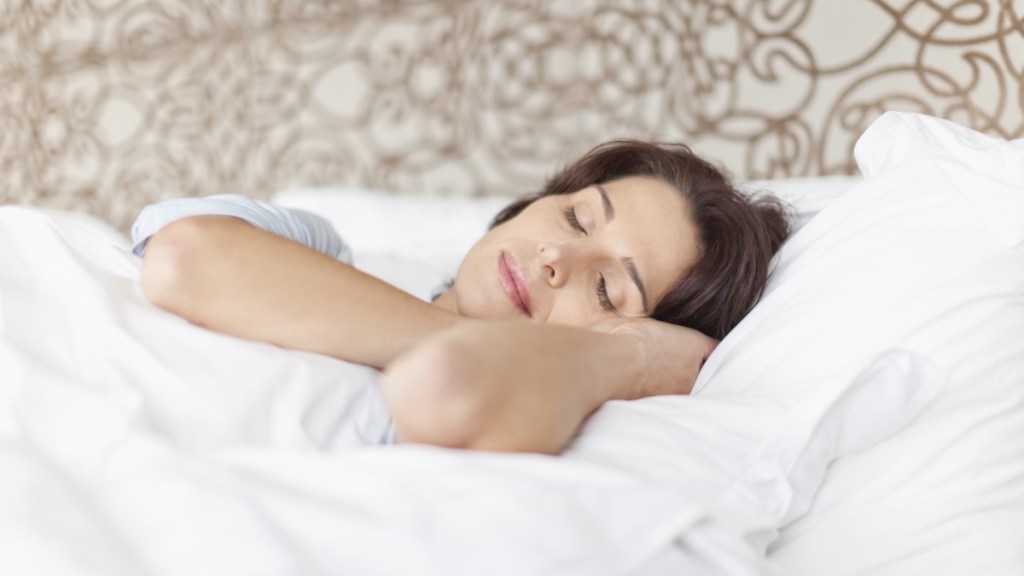
3. Dance, walk, garden or play pickleball
A low-impact weight bearing exercise such as pickleball, which involves being on your feet with your bones supporting your weight, produces a force on bones that makes them work harder. According to a study in the Brazilian Journal of Physical Therapy, engaging in weight-bearing activities daily cuts the risk of bone thinning and fractures by 51%. Credit goes to the way it stimulates the activity of bone-building osteoblasts. Bonus: The lateral movements across the court provide some of the largest vertical ground reaction forces of any movement. That means a dash to the side provides more bone-strengthening impact than a step to the front, so you’ll bolster bones fast.
Not a pickleball player? Dancing, walking, and gardening are good weight-bearing exercises you can do to get the same benefits. “You can even wear ankle or wrist weights to help stimulate the weight bearing activity and really optimize the exercise,” says Dr. Blum. (Click through to learn how beetroot makes exercise easier.)
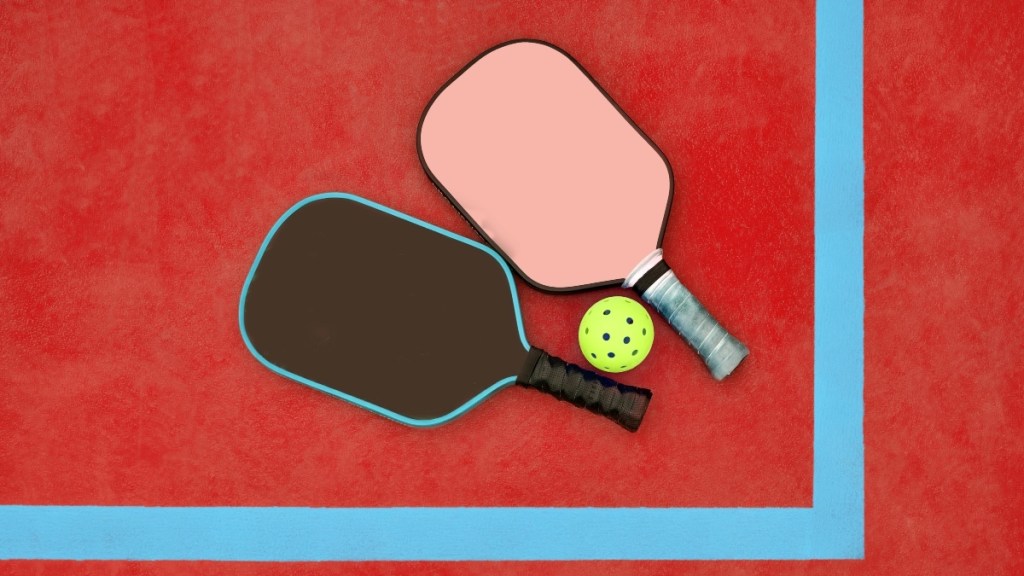
4. Enjoy happy hour
Go ahead and treat yourself to a cold beer or glass of vino after a long day. A Tufts University study found that postmenopausal women who enjoyed a daily glass of wine or beer had greater bone mineral density than those who abstained. Silicon in beer promotes the formation of collagen fibers that bolster existing bone and aid in creating new, healthy bone cells. Additionally, the boron in beer increases the activity of cells that dissolve old bone and create new bone.
When it comes to wine, the researchers found the phyotoestrogen resveratrol, which is found in grapes, binds to estrogen receptors in the body to shield against bone loss. This helps your bones stay strong so that you don’t need to take osteoporosis drugs.
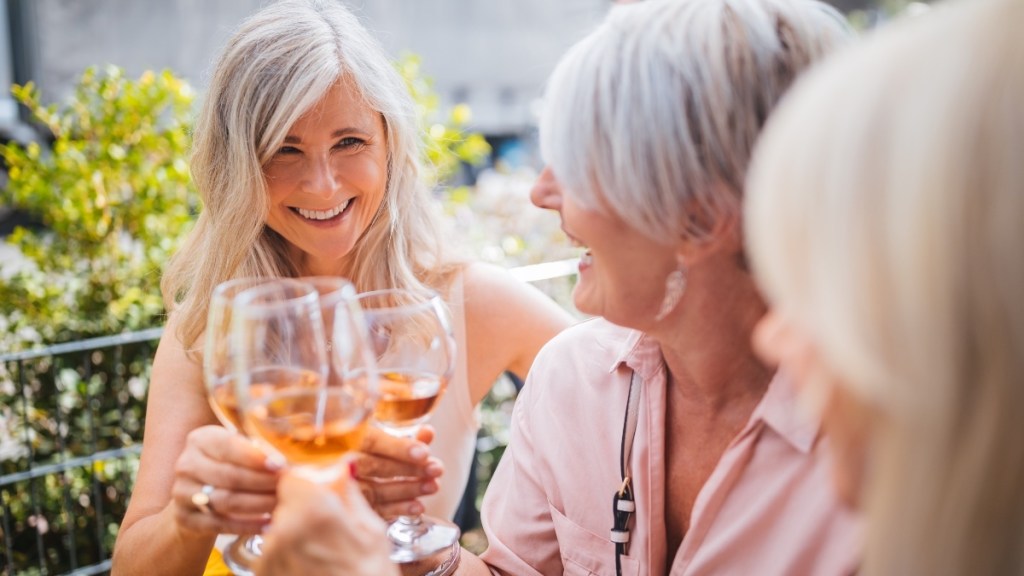
5. Choose fermented foods
Fermented foods like sauerkraut, kefir (fermented yogurt) and kimchi (fermented veggies) are a top source of lactobacillus rhamnosus. This beneficial probiotic mitigates the effects of decreasing estrogen levels on bone strength. A study in Gut Microbes suggests that a daily dose of the probiotic may increase bone mineral density by 36% and reduce joint stiffness by 42% in six weeks. Researchers credit the way L. rhamnosus balances levels of two key immune cells to reduce inflammation and prevent bone from breaking down.
6. Cozy up with chamomile tea
Ahh… it feels so good to unwind with a cup of chamomile tea when life gets a little hectic. And it turns out the soothing sipper is also an easy way to keep bones strong for women who don’t want to take osteoporosis drugs. A study in Molecular Medicine Reports suggests chamomile helps support the natural growth of osteoblastic cells. Those are the cells in your body that work to bolster bone growth and mineralization. (Click through for more chamomile tea health benefits.)
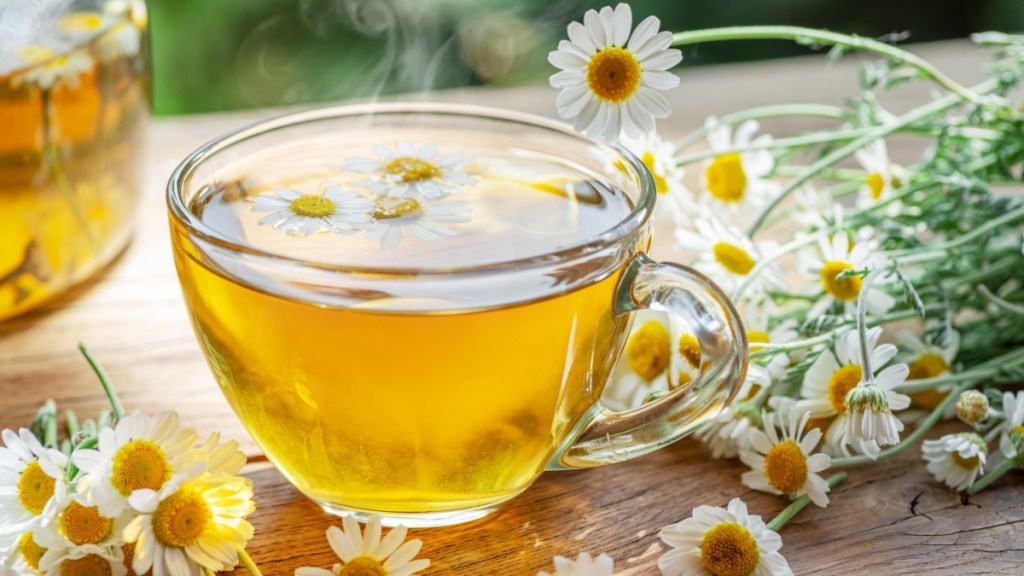
7. Soak up the sun
The next time you head out to run errands, try rolling up your sleeves for a few minutes. The more skin you leave exposed, the more vitamin D (also known as the “sunshine vitamin”) you’ll be able to absorb from the sun. That’s critical for bone health. A deficiency in the nutrient can lead to bone breakdown and decrease calcium absorption. But getting adequate levels of vitamin D can help reduce fracture risk by 33%, according to research in Nutrients. To ensure you’re getting enough so that you don’t have to take osteoporosis drugs, try to spend 20 minutes outside around midday without wearing sunscreen a few times a week.
For more ways to keep your bones strong:
Fosamax and Other Bone-Building Drugs Have Been Linked To a Higher Risk of Broken Bones
MDs Reveal The 6 Best Foods For Bone Health — Plus The One Drink You’d Never Expect
Study Shows a Low-Calorie, High Protein Diet Aids In Losing Fat and Improving Bone Density
This content is not a substitute for professional medical advice or diagnosis. Always consult your physician before pursuing any treatment plan.















